By HPG Info
•
July 8, 2025
How a single leader can sink your team (and how one good one can save it) Last month, a superintendent I work with shared what happened during her presentation of the strategic plan to the board. Twenty years of experience, proven results, polished presentation, and promising data. Halfway through, one executive team member sat back, arms crossed, occasionally checking his phone. A board member started shuffling papers. By the end, three others had adopted the same disengaged body language. What should have been an energizing strategic discussion devolved into polite nods and no real commitment. That same week, a university president I consult with described identical dynamics in her executive team meeting. Different building, same pattern: one person's negativity was infecting the entire senior leadership. This painful parallel revealed a leadership truth that research confirms: one person can significantly impact your team's performance by as much as 30-40%. But one person can also save it completely. The Brutal Science: Your Star Leaders Might Be Your Biggest Problem You've hired brilliant people. Advanced degrees, proven results, impressive credentials. But here's what organizational behavior expert Will Phelps discovered when he planted one "bad apple" into 44 different work groups: Performance dropped 30-40% consistently. It didn't matter if the person was: The Skeptic (aggressively questioning every initiative) The Withdrawer (withholding effort on strategic planning) The Pessimist (negative about every proposal) The result was always the same: One leader's negative behavior infected the entire team. "I'd gone in expecting that someone would get upset with the slacker or downer," Phelps said. "But nobody did. They were like, 'Okay, if that's how it is, then we'll be slackers and downers too.'" Your leadership team isn't choosing to underperform. They're unconsciously mirroring the energy around them—what neuroscientists call "emotional contagion." Where One Leader Changes Everything However, one group in Phelps' study remained energetic and produced excellent results despite the presence of the bad apple. The difference wasn't intelligence, experience, or positional authority. It was one person who understood what MIT's Human Dynamics Lab calls "belonging cues"—micro-signals that create a sense of psychological safety. This leader didn't take charge or give motivational speeches. Instead, he did something much simpler: When resistance emerged during budget discussions, he leaned forward, made eye contact, and responded with genuine curiosity. Not fake positivity, but authentic interest that "took the danger out of the room." Then came the pivot: "That's an interesting concern—what would you suggest we do differently?" Result? Even the resistant member, almost against his will, found himself contributing constructively. The Neuroscience Behind Leadership Infection MIT's Human Dynamics Lab studied hundreds of executive teams using "sociometers"—devices that measure micro-interactions between leaders. Their finding changes everything: You can predict team performance by focusing on how leaders interact rather than what they say. The five factors that drive executive team performance: Everyone talks and listens in roughly equal measure High levels of eye contact and energetic gestures Direct communication between all members, not just with the CEO Back-channel conversations and side discussions Members who explore outside the team and bring information back Notice what's missing from this list? Degrees. Experience. Strategic expertise. Belonging cues matter more than credentials. The neuroscience is clear: simple safety signals reduce cognitive load in decision-making, which in turn increases strategic thinking, drives innovation, and creates breakthrough results (Edmondson, 1999). Your leadership team dynamics are literally working for or against your mission. The Executive Infection Gap: When Smart Leaders Create Stupid Results Every negative interaction in your cabinet costs you: Faculty who disengage because they sense leadership division Students who suffer when initiatives fail due to leadership dysfunction Community members who lose confidence witnessing leadership conflicts The research is concerning: 30 seconds—that's how long it takes for negative energy to spread in executive meetings If one senior leader checks out, others follow unconsciously When leadership teams can't create safety, organizational initiatives die Allowing negativity to spread among your senior team affects every student you serve. From Infection to Connection: The Framework That Works ❌ The Typical Approach (Actually Destructive): Hope the resistant leader comes around Cabinet meeting scenario: Your executive team member constantly questions every initiative, rolls their eyes during presentations, and makes dismissive comments. You address it privately, but nothing changes. Other team members start to disengage. Result: Strategic planning stalls. Good initiatives die. High-performing leaders start looking elsewhere. ✅ The Breakthrough Approach (Game-Changing): Respond to resistance with curiosity and inclusion Same scenario, different response: When the executive team member questions an initiative, you lean forward and say, "You're raising important concerns—help us think through what success would look like from your perspective." Then pivot: "What do the rest of you think about these points?" Result : The resistant leader feels heard instead of dismissed. The team stays engaged. Opposition turns into constructive problem-solving. The ROI of Executive Team Belonging The numbers prove leadership safety wins: School districts with high-functioning leadership teams see 23% better student outcomes Campuses with psychologically safe executive teams show 45% higher innovation rates Simple safety interventions can improve leadership team performance by 30-40% in weeks Your leadership team dynamics aren't just "nice to have"—they're driving every outcome in your organization. Transform Your Leadership Team Starting Today The Executive Safety Test: Step 1: Record your next cabinet/executive team meeting Step 2 : Count belonging cues vs. safety threats among leaders Step 3 : If threats outnumber cues, your leadership dynamics are creating the problem Three Daily Practices: Lean forward when team members raise concerns Respond to resistance with "What am I missing?" and actually listen Create micro-moments of safety in every executive decision The Leadership Team Safety Discussion Protocol: For your next executive team meeting: Have each member share when they felt most and least safe to speak the truth in recent meetings Compare responses—what patterns emerge among your senior team? Practice responding to resistance with curiosity instead of defensiveness Identify any leaders who might be unconsciously spreading negativity Remember: resistance usually signals important information, not disloyalty The Choice Every Leader Must Make You can manage resistance or mine wisdom from it. You can hope that negativity will dissipate or actively foster a sense of belonging among leaders. You can let one senior leader infect your team or become the person who transforms it. You cannot do both. The most brilliant superintendents and presidents consistently choose connection over control among their senior teams. They've learned that executive safety isn't soft—it's strategic. They've discovered that belonging cues among leaders aren't touchy-feely—they're performance drivers. Because leadership team safety is simple . Simple safety scales throughout the organization. Scalable safety creates sustainable performance for students. And sustainable student performance is what brilliant leadership actually looks like. The Hidden Factor Behind High-Performing Teams Here's what I've learned from working with hundreds of leadership teams: The difference between teams that foster belonging and those that spread disconnection isn't just about individual awareness—it's about Team Intelligence (TQ) . When MIT studied executive teams, they discovered you could predict performance by ignoring what leaders said and focusing entirely on how they interacted. Teams with high TQ naturally create the belonging cues that prevent negative infection and amplify positive energy. The TQ Advantage: 40% faster problem resolution in complex situations 27% higher team member satisfaction and retention 35% more strategic objectives achieved on time The breakthrough teams I work with understand that one resistant leader doesn't have to destroy team performance. When teams develop TQ, they learn to respond to resistance with curiosity, mine wisdom from opposition, and transform potential "bad apples" into contributors. Ready to Transform Your Team Dynamics?






